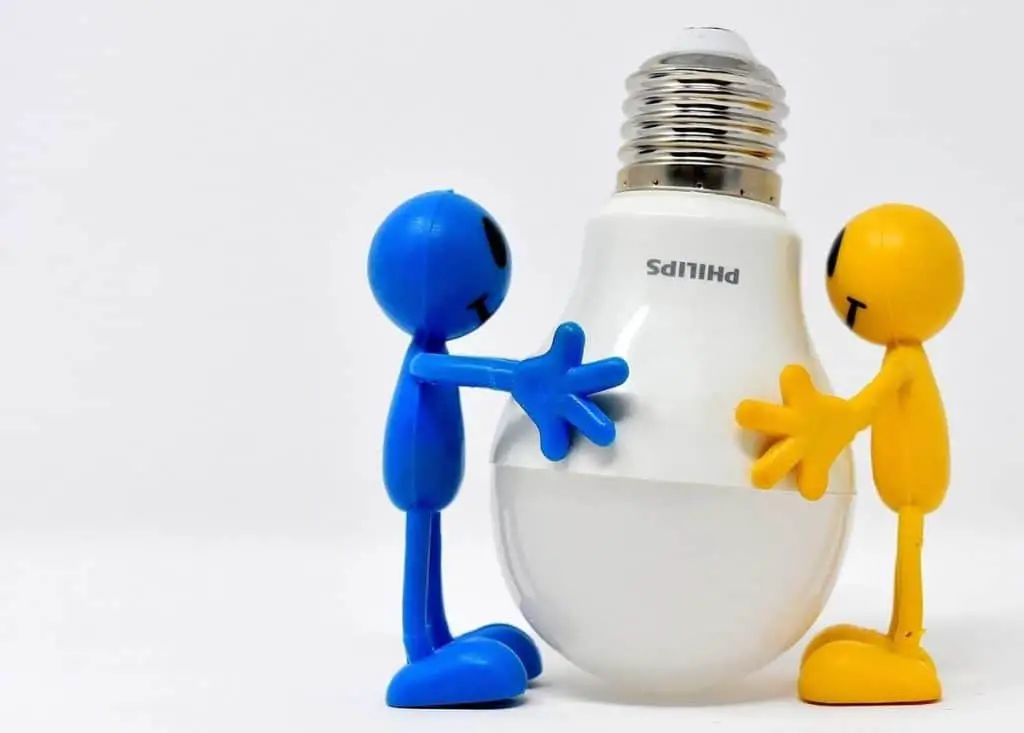
It can be difficult to keep your mind sharp during those long study sessions. In some ways, the lighting of a room can make it easier or harder for you to focus and be productive. Different lights certainly change the environment of a room. And as students of all ages and levels know – some lighting is more ideal for studying than others.
What are the best lights for studying? Here are 6 types of lights, ranked from best to worst, in terms of being conducive to studying.
- Natural Light
- LED Bulbs
- Warm Incandescent Bulbs
- Compact Fluorescent Bulbs
- Cool Incandescent Bulbs
- Fluorescent Tube Bulbs
The color of the emitted light, the brightness of the bulb, and the way the lights are set up can all make a difference to how well you can study and how tired your eyes get. Continue reading below to learn more about these different kinds of lights and how to utilize lighting to get the most out of your study area.
What Is the Best Light to Study In?
If you can find a place to study with a lot of windows that let in the sunlight, your study habits can benefit from it. Without a doubt, the best light for studying and for the overall health of your eyes is natural light. So, the first on our list is:
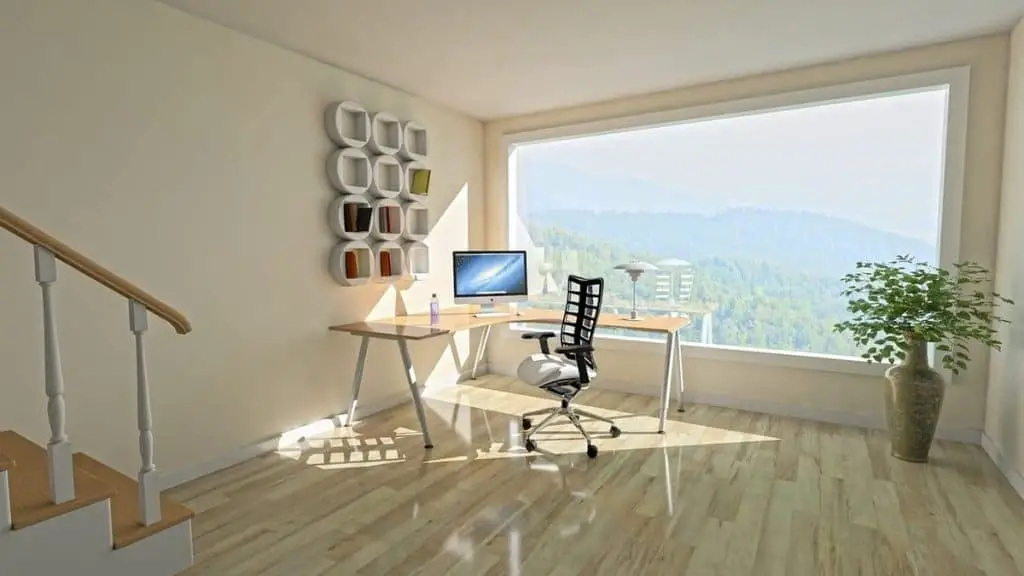
1. Natural Light
The best way to utilize the natural lighting in your room is to position your study area so that the light comes in from the side. It should be on the side away from your writing hand. Avoid sitting with the light coming directly at you or from directly behind you, as it can cause excessive glaring.
True natural lighting isn’t always an option. Wherever you study may lack windows or have something blocking the light from the outside. Maybe you study primarily at night. Your best option is to mimic the natural light as much as you can.
It’s difficult to fake natural light. Your best bet is to invest in some full-spectrum lighting. These lights are made to simulate the full range of light given off by the sun while offering a good balance of brightness and contrast.
Best and Worst Lightbulbs for Your Eyes
Artificial lights will never be the same as having natural lighting. However, most of the time, they are necessary. When deciding on what sort of lighting to put in your study area, it’s important to do your best to protect your eyes from strain.
Here is a simple rundown of different lighting you can use for studying. Our list starts at #2 because we all know that natural sunlight takes the lead here.
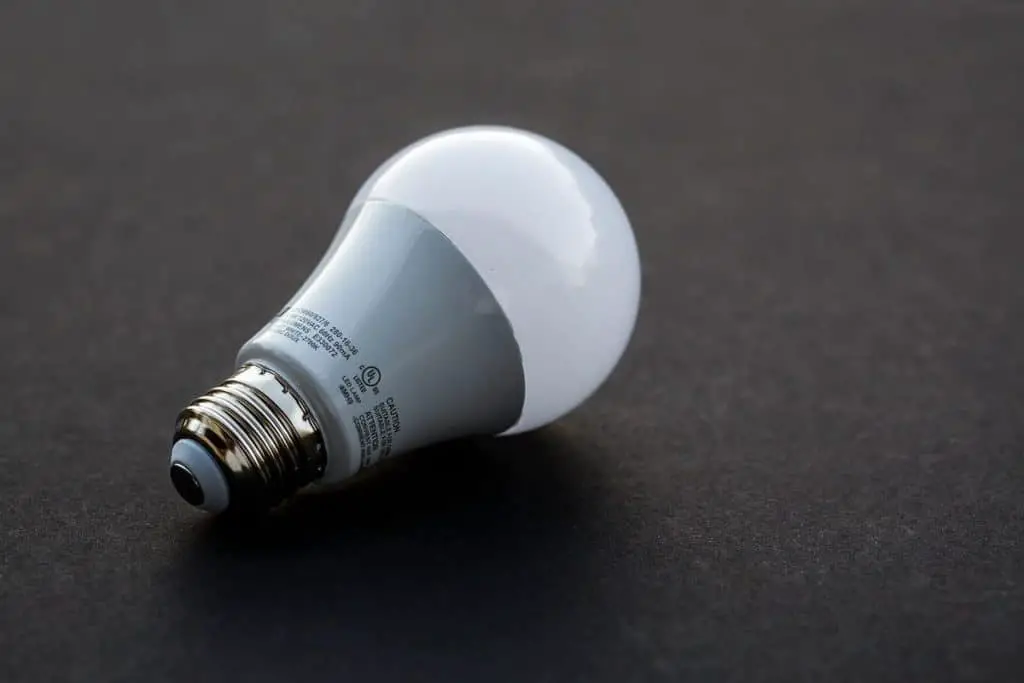
2. LED Bulbs – The Best Alternative to Natural Light
While they are a little more expensive up front, that cost comes out in the wash down the line. LED bulbs only use 1/8th of the energy of incandescent bulbs. They also produce no harmful UV rays and come in a variety of colors, including those on the warm side of the spectrum.
3. Warm Incandescent Bulbs – Pretty Good
If you’d rather pay less upfront, warm bulbs are the way to go. These incandescent lightbulbs produce fewer UV rays than their cool-colored counterparts, making them easier on your eyes in the long run. They’re not as energy efficient as LED bulbs, so you’ll be replacing them more often.
4. Compact Fluorescent Bulbs – Okay
These lightbulbs aren’t ideal for your eyes, but they are a good alternative to regular fluorescent tube bulbs. They don’t produce as many UV rays and are more energy-efficient. CFL bulbs use twice as much energy as LED bulbs, but they tend to cost less upfront.
5. Cool Incandescent Bulbs – Not a Good Idea
Cool lighting in the blue-white range is much harsher on your eyes than warm light. Though it’s brighter, it’s best to avoid using these incandescent bulbs to study for long periods of time. The UV rays they give off can cause excessive eye strain.
6. Fluorescent Tube Bulbs – The Worst
Fluorescent bulbs are by far the worst for your eye health. They give off only harsh, bright light that harms your eyes over time. In public places, these lights are often unavoidable. Employing some sort of task lighting on top of the ambient fluorescent lighting is a good way to combat eye strain.
Studying in Cool Light vs. Warm Light
There’s no arguing the fact that warm lighting is the best for your eyes, which can help when you’re studying. If your eyes don’t get tired as quickly, you are better off with your studies.
However, there are other factors to consider when you spend long periods of time studying. One thing you might be interested in is how lighting affects your mood and productivity.
Research has shown that warmer yellow light, much like that in the early and late hours of the day, is best for relaxing. Many people claim that using warm lighting first thing in the morning results in sleeping in past the snooze button.
When your mind is relaxed, it may not be in the ideal state for getting things done. It’s much easier to relax in the warm light, and you may be more inclined to take breaks from your work.
There have been findings that claim cool light actually improves academic performance. Using brighter, harsher lighting could improve your study habits by keeping your mind alert. You are more capable of paying attention to your studies when you are alert.
Though cool light may not be the best for your eyes, you might benefit from using it in your study area to keep yourself more awake.
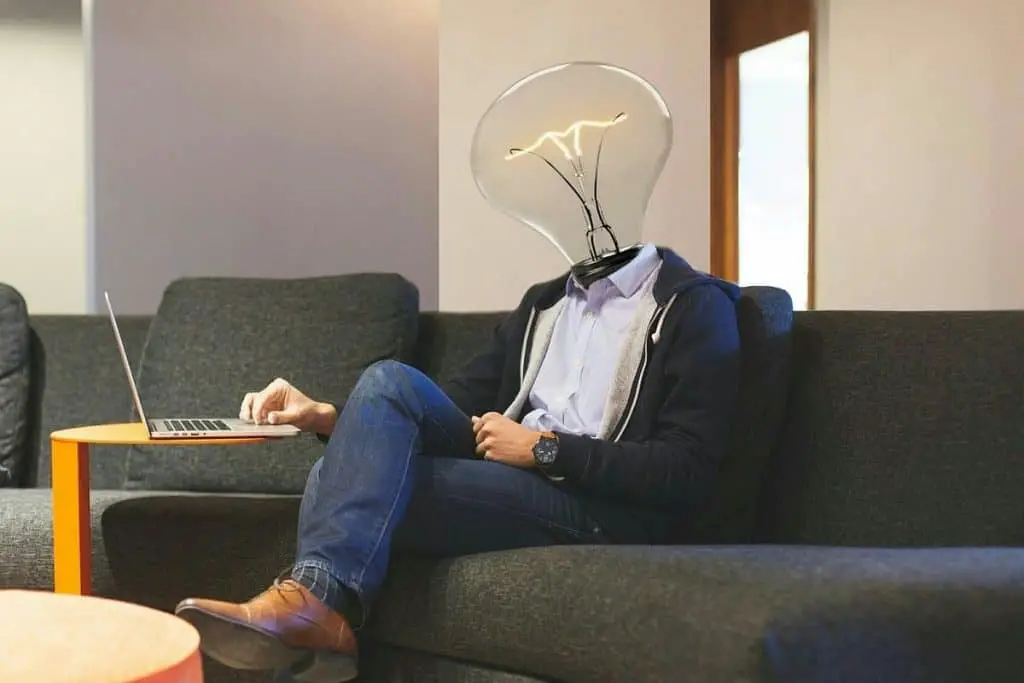
The Best Brightness for Studying
The intensity of your lights is just as important as the color they come in. There isn’t one single brightness that is perfect for all studying tasks. In fact, different intensities are better for different sorts of work.
- 300-500 lux – This general brightness is perfect for your everyday work tasks. It’s good for the times when you are working on your computer or taking notes. Anything you don’t have to pay a lot of attention to or where another light is already present.
- 500-1000 lux – Any other desk work you might be doing, such as reading, and paperwork is best done with lights in this range of brightness.
- 1000+ lux – This brightness is reserved for when you really need to illuminate your work. It’s best for detail-oriented things where precision is key.
The best way to stay on top of brightness is to buy a light for your desk or study area that can go above 1000 lux and also be dimmed down as far as you need it. Dimmable lights are ideal for any study environment. They give you all the control over your lighting.
Setting up Lights for Studying
There are two important things you need when you set up the lighting in your study area.
1. Task Lighting
Task lighting is designed to focus the light on one specific area. It is a fantastic tool to reduce the strain studying puts on your eyes and also increases your performance. Floor lamps, desk lamps, and wall lamps all fall into this category.
Any lamps with shades should still focus the light well and have a neutral colored shade. Colored light isn’t ideal for studying. Directional lamps are the best choice. With adjustable heads, you have more control over where the light from any given lamp is directed.
Just like natural light, the best place for your task lighting is on the opposite side of your dominant hand. That way, your entire work surface is illuminated while limiting shadows.
2. Layers of Light
You can’t only use task lighting when you’re studying. Ambient light is just as important in reducing the strain on your eyes. It will help improve your performance by lowering your stress levels.
Ceiling lights and natural light from your windows are a good example of ambient lights. They light the entire room instead of a specific area.
These layers of light work together to keep you alert and productive. Staring at a computer screen or one area of your desk in an otherwise dark room isn’t good for your eyes or your mind. Make sure you have plenty of ambient light while you work.
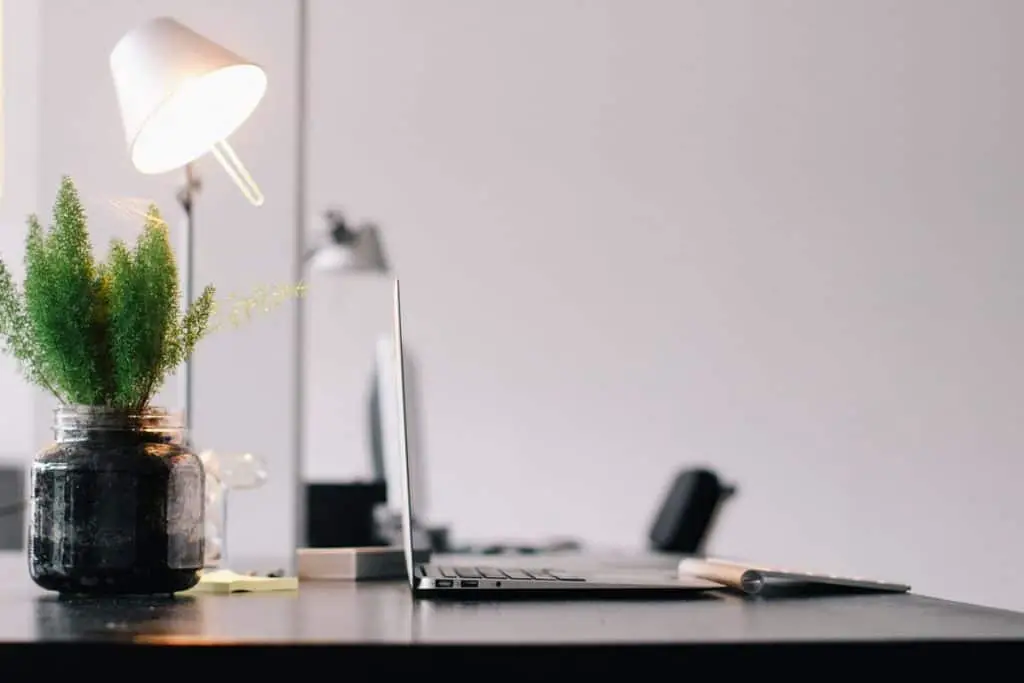
Benefit Your Study Habits with the Right Lighting
There are a lot of different opinions about what is most important when it comes to lighting while you study. Is it the color? What about how bright the lights are? Maybe it’s how they are set up? And there are so many different kinds of lightbulbs!
All these things work together to create the perfect study environment.
If you keep your study area bright and well lit, you are most likely to benefit from a great study session. Keep your lights layered and let in as much natural light as possible to prevent eye strain. The health of your eyes is just as important as those good grades.

